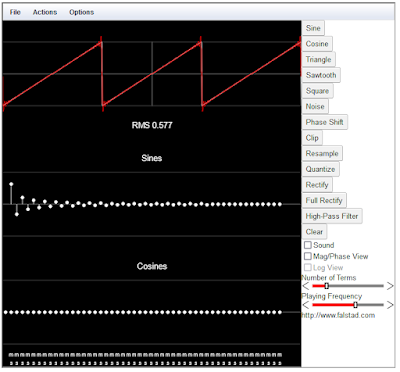In the mid-1990s, as the web was emerging as a revolutionary medium for communication and exploration, Java applets were among the first technologies to bring interactivity to the browser. Introduced by Sun Microsystems in 1995 as part of the Java platform, these small, embeddable programs transformed static web pages into dynamic and engaging experiences. For many, applets offered a first glimpse of what the web could become; a space not just for consuming information but for learning, experimenting, and playing.
Java applets were a marvel of their time. They could run seamlessly across different operating systems, requiring only a browser equipped with the Java Runtime Environment. This cross-platform compatibility was a game-changer, allowing developers to create interactive content that could reach users on Windows, macOS, or Linux without modification. For educational purposes, applets were particularly revolutionary. Teachers and students could explore scientific simulations where variables could be tweaked, and the results observed in real-time. Whether it was visualizing gravitational forces, plotting mathematical functions, or exploring chemical reactions, Java applets made complex concepts tangible and accessible.
Beyond education, applets also entertained and engaged. Small, playable games delivered a dose of fun directly through the browser, requiring no installation. From puzzle games to experimental applications, they captured the imagination of users and hinted at the future of interactive media. Applets even found use in data visualization, enabling users to manipulate charts and graphs dynamically, long before modern analytics tools became commonplace.
But while Java applets offered a glimpse of the web's potential, their limitations gradually became apparent. Security was perhaps their Achilles’ heel. Because applets required permissions to run on a user’s machine, they became a vector for malicious actors. Vulnerabilities in the Java Runtime Environment made systems susceptible to exploits, and over time, applets gained a reputation for being a security risk. Performance was another issue. Many applets were slow to load and resource-intensive, frustrating users with long waits and browser crashes. Moreover, browser support was inconsistent; some browsers implemented Java well, while others did not, leading to compatibility headaches for developers and end-users alike. As the internet evolved, so too did the technologies that powered it. By the early 2010s, the tide was turning against plugin-based solutions like Java applets. Browser vendors increasingly prioritized security and performance, moving away from plugins in favor of native web technologies. The introduction of HTML5, alongside JavaScript and CSS3, provided developers with powerful tools to create interactive and responsive applications directly in the browser. By 2017, Oracle officially ended public updates for the Java plugin, marking the end of the applet era.
Today, the legacy of Java applets lives on in technologies that address their shortcomings while retaining their spirit of interactivity and accessibility. JavaScript, for example, has become the cornerstone of modern web development. With libraries and frameworks like React and D3.js, developers can create immersive experiences that run efficiently in any browser. WebAssembly pushes this even further, enabling near-native performance for complex applications like scientific simulations and 3D rendering. These modern tools are not just replacements but evolutions, blending the best of what applets once offered with the capabilities of a more mature web. For those of us who remember the early days of the internet, Java applets evoke a particular kind of nostalgia. They were the building blocks of a more dynamic web, inspiring curiosity and creativity in equal measure. Whether it was tweaking variables in a physics simulation, playing a simple browser-based game, or exploring interactive charts, applets opened doors to experiences that felt magical at the time.
In tribute to that spirit, we present a collection of modern educational tools and scientific learning applications found surfing the web, rewritten in JavaScript. These new tools honor the legacy of Java applets while leveraging today’s more robust, secure, and efficient web technologies.
Explore the Collection Here
As we marvel at what the modern web has become, it’s worth taking a moment to look back at the technologies that paved the way. Java applets may be a relic of the past, but their influence is still felt in the interactive experiences we enjoy today.


No comments:
Post a Comment